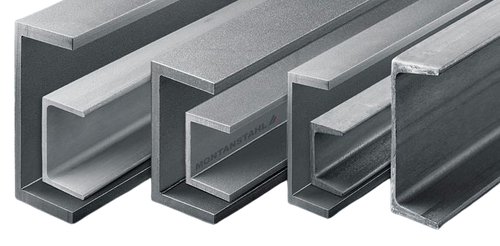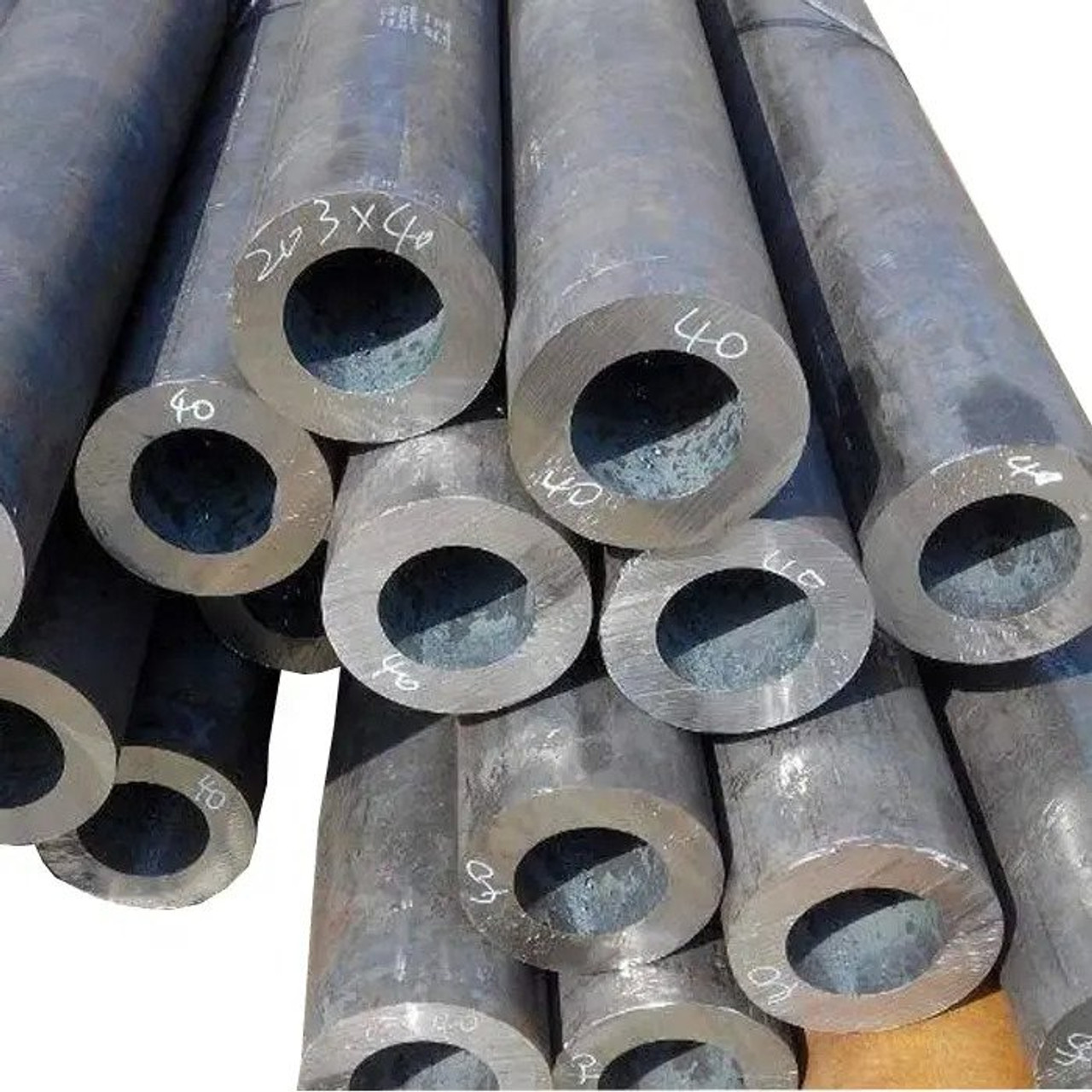The Uses of Structural Steel in Construction and Manufacturing
Structural steel is a fundamental building material that has played a pivotal role in shaping modern architecture and engineering. Its importance in construction and various industries cannot be overstated. Structural steel serves as the backbone of countless structures, providing the strength and stability needed to support buildings, bridges, industrial facilities, and more. Its unique combination of strength, versatility, and durability makes it a preferred choice in the world of construction and manufacturing.
Structural steel is the material of choice for builders and engineers when constructing structures that need to withstand heavy loads, severe weather conditions, and the test of time. Its impact on the construction industry is profound, revolutionizing the way we design and build. From towering skyscrapers to intricate bridges and sprawling industrial complexes, structural steel forms the framework upon which modern society is built.
Structural steel's versatility is one of its most defining characteristics. It can be molded and shaped to meet a wide range of design requirements, from the sleek and futuristic lines of a contemporary building to the intricate lattice-work of a historic bridge. This adaptability makes it an ideal choice for architects and engineers who seek innovative and sustainable solutions.
Beyond construction, structural steel finds applications in various industries, including manufacturing, automotive, aerospace, and shipbuilding. Its robustness, reliability, and formability are valued in the production of everything from automobiles and heavy machinery to aircraft and ships. This versatility extends its reach beyond the world of construction, making it an indispensable material in the modern industrial landscape.
In this exploration of the diverse uses of structural steel, we will delve into its significance in both construction and manufacturing. From its vital role in building some of the world's most iconic structures to its contribution to the production of machinery and transportation, structural steel stands as a symbol of human ingenuity and engineering excellence. This journey will uncover the multifaceted applications and enduring value of structural steel in shaping the world we live in today.
Structural Steel 6000 x1500x16mm Steel Plates usually used in construction of bridges and buildings.
Structural Steel in Building Construction
Structural steel is a fundamental material in building construction, offering a range of advantages that make it indispensable in various types of structures. Let's explore how structural steel is used in different building construction projects:
A. Skyscrapers and High-Rise Buildings
- Strength and Height: Structural steel's high strength-to-weight ratio is crucial for constructing tall buildings. It allows architects to design slender and aesthetically pleasing skyscrapers while ensuring structural stability.
- Flexibility in Design: Steel's versatility enables architects to create innovative and complex building designs. Its ability to support large spans and resist lateral loads like wind and seismic forces is vital for high-rises.
- Quick Construction: Steel's prefabrication and ease of assembly speed up construction, reducing costs and minimizing disturbance to surrounding areas.
B. Commercial and Residential Structures
- Commercial Buildings: Many commercial structures, such as office buildings and shopping malls, use structural steel for their frames. It provides open floor plans and accommodates large windows and open spaces.
- Residential Buildings: Steel is increasingly used in residential construction due to its durability and design flexibility. It supports unique architectural features and allows for longer spans, resulting in open and spacious interiors.
C. Industrial Facilities
- Factories and Plants: Industrial facilities often require robust structures capable of supporting heavy machinery and equipment. Structural steel's load-bearing capacity is ideal for these environments.
- Energy Plants: Power plants and energy facilities rely on structural steel for their framework. It withstands high temperatures, making it suitable for boiler support structures and chimneys.
D. Warehouses and Distribution Centers
- Large Clear Spans: Warehouses and distribution centers need vast open spaces to store goods and facilitate logistics. Structural steel provides the required clear spans without the need for numerous columns.
- Quick Construction: The rapid construction afforded by structural steel is advantageous for meeting the demands of growing distribution networks.
Structural Steel Channel 80x40 UPN(L) x6mm used to provide support for structural components such as beams.
Structural Steel in Infrastructure Projects
Structural steel is the backbone of many critical infrastructure projects, ensuring the durability and safety of transportation networks. Here's how it is used in infrastructure:
A. Bridges and Overpasses
- Long Spans: Structural steel's ability to span long distances is crucial for bridge construction. It allows for the creation of bridges over wide rivers and deep valleys.
- Aesthetic Appeal: Steel bridges come in various designs, from cable-stayed to arch bridges, enhancing the aesthetic appeal of transportation infrastructure.
B. Highways and Roads
- Structural Integrity: Steel-reinforced concrete is commonly used in highway construction to provide structural integrity and durability to roads, bridges, and tunnels.
- Safety Features: Guardrails and crash barriers often use structural steel to provide safety for motorists.
C. Tunnels and Railway Structures
- Underground Infrastructure: Structural steel is used in tunnel supports and underground railway structures. It ensures the stability and safety of these subterranean projects.
- Railway Stations: Many modern railway stations feature steel structures that provide both functionality and architectural appeal.
Structural Steel 4" SCH 80 x12m Coated line pipes, used for transporting oil, gas, or water over long distances
Structural Steel in Manufacturing
Structural steel plays a vital role in various manufacturing industries, contributing to the production of essential equipment and machinery:
A. Automotive Industry
- Vehicle Frames: Structural steel is used to manufacture the frames and chassis of automobiles, ensuring strength and safety.
- Production Equipment: Machinery used in automotive manufacturing, including assembly line components, often incorporates structural steel elements.
B. Machinery and Equipment
- Industrial Machinery: Steel forms the framework of industrial machinery, ensuring stability and durability in manufacturing processes.
- Material Handling: Structural steel is used in the construction of material handling equipment like cranes, conveyors, and forklifts.
C. Aerospace and Shipbuilding
- Aircraft Structures: The aerospace industry relies on structural steel for aircraft frames and components due to its strength-to-weight ratio and resistance to extreme conditions.
- Ship Structures: Structural steel is used in shipbuilding to provide the strength and stability required for vessels to withstand the rigors of ocean travel.
In summary, structural steel is a versatile and indispensable material in both building construction and manufacturing. Its strength, flexibility, and durability make it a preferred choice in a wide range of applications, from iconic skyscrapers to critical infrastructure projects and the production of essential machinery and equipment. The diverse uses of structural steel underscore its significance in shaping the modern world.
Structural Steel Sheet Pile 12mm Hellog commonly used in the construction of retaining walls and cofferdams.. etc
Advantages of Using Structural Steel
Structural steel offers a multitude of advantages that make it a preferred material in construction and manufacturing. Let's delve into these advantages:
1. Strength and Durability
- High Strength-to-Weight Ratio: Structural steel possesses exceptional strength, allowing for the construction of robust and load-bearing structures without excessive weight. This is crucial for tall buildings, bridges, and industrial facilities.
- Resilience: Steel can withstand extreme conditions, including heavy loads, seismic activity, and harsh weather. It maintains its structural integrity over time, ensuring the longevity of structures.
- Resistance to Corrosion: Modern structural steel is often coated with protective materials like galvanization, making it highly resistant to corrosion. This corrosion resistance is vital in marine and industrial environments.
- Minimal Maintenance: Structural steel requires minimal maintenance compared to other materials, reducing the long-term costs associated with upkeep and repairs.
2. Design Flexibility
Architectural Versatility: Steel's flexibility allows architects to explore innovative and intricate designs, creating iconic structures that capture the imagination. This flexibility is evident in the curvilinear forms of modern skyscrapers and bridges.
- Large Spans: Steel's ability to span large distances without the need for numerous supports opens up expansive interior spaces in buildings and allows for long, elegant bridges.
- Adaptability: Steel structures can be easily modified or expanded, accommodating changes in a building's function or a manufacturing facility's needs.
- Prefabrication: The ease of prefabricating steel components in controlled environments enhances construction precision and speed, reducing on-site work time and costs.
3. Sustainability and Environmental Benefits
- Recyclability: Steel is one of the most recycled materials globally. Its high recyclability reduces the demand for virgin resources and minimizes waste.
- Energy Efficiency: The efficient use of steel in construction and manufacturing contributes to energy-efficient buildings and machinery, reducing energy consumption and greenhouse gas emissions.
- Environmental Certifications: Many steel manufacturers adhere to environmental certifications and standards, ensuring responsible production processes and materials sourcing.
- Long Service Life: Steel structures have long service lives, reducing the need for frequent replacements and minimizing construction-related environmental impacts.
Structural Steel H-Beam Size 300x300 80Kg Hellog commonly used in building homes, bridges, large and more.
Conclusion
Structural steel remains a cornerstone of construction and manufacturing. Its strength, flexibility, and durability contribute to the creation of iconic structures and essential machinery. Whether in the creation of architectural marvels or the production of industrial equipment, steel's role is pivotal.
As we look to the future, structural steel will continue to be a necessity in construction and manufacturing. Advancements in steel technology, innovative design approaches, and sustainability initiatives ensure that steel remains a key material for building a more resilient and sustainable world. Its enduring importance in these industries underscores its status as a material of choice, shaping the infrastructure and products that drive progress.












